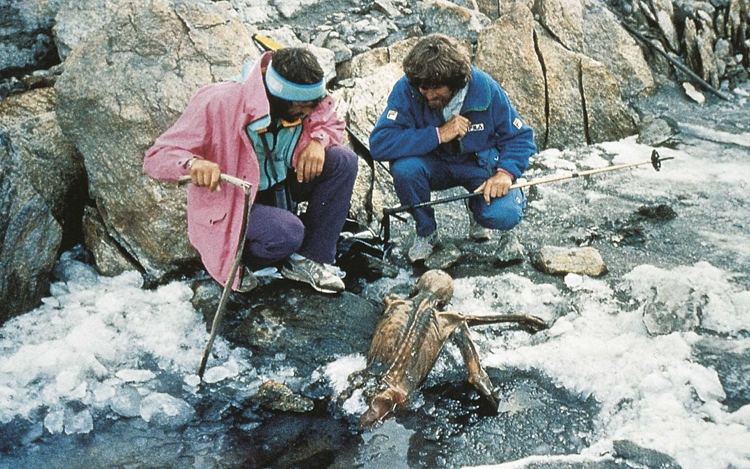In 1991, climbers in the Ötztal Alps on the Austrian-Italian border made an exciting discovery. An extremely well-preserved human mummy thought to have lived between 3,400 and 3,100 BC! The mummy, which survived from about 5,000 years ago, was named Ötzi after the region where it was found. The mummy, which caused great excitement in scientific circles and the world public opinion, became known as the Man of Simulaun and Ötzi the Iceman.
Investigations on this precious discovery, the life of Ötzi the Iceman, the ancient tools and equipment found with him, and the life of people thousands of years ago have provided us with very important information. On the other hand, Ötzi the Iceman is on the agenda these days with a news that concerns us closely. Scientists have announced that Ötzi the Iceman is of Anatolian origin! Let’s look at the details together.
Discovered in 1991, a human mummy caused a great excitement not only in scientific circles but also in the world public opinion. The mummy, which appeared in the glaciers in the Ötztal Alps, was very well preserved

The mummy, named Ötzi after the region where it was found, was found to have lived between 3,400 and 3,100 BC. The mummy, which gained great popularity in a short time, became known as Ötzi the Iceman
Ötzi the Iceman, one of the best preserved mummies in Europe, has provided us with important insights into the physiological characteristics and lifestyles of the people who roamed the earth thousands of years ago.

Ötzi uncovered valuable data on many different areas, from the eating habits of the people of his time to the technologies they used. But some details about the Iceman himself remained hidden for years…
Until today, Ötzi the Iceman was thought to be a European hunter. However, new information about Ötzi was obtained with the latest findings obtained during the examination of the mummy.
Scientists from the Max Planck Institute for Evolutionary Anthropology in Leipzig have revealed that Ötzi, a Neolithic man, most likely belonged to an immigrant family from Anatolia. Moreover, contrary to popular belief, he was bald and dark-skinned when he died! A joint study by the Max Planck Institute for Evolutionary Anthropology and the Eurac Institute for Mummy Research found a high degree of genetic affinity between Ötzi and early migrant farmers from Anatolia
“It is likely that what we are seeing now is in fact largely Ötzi’s original skin color,” the scientists say.
0 Comments